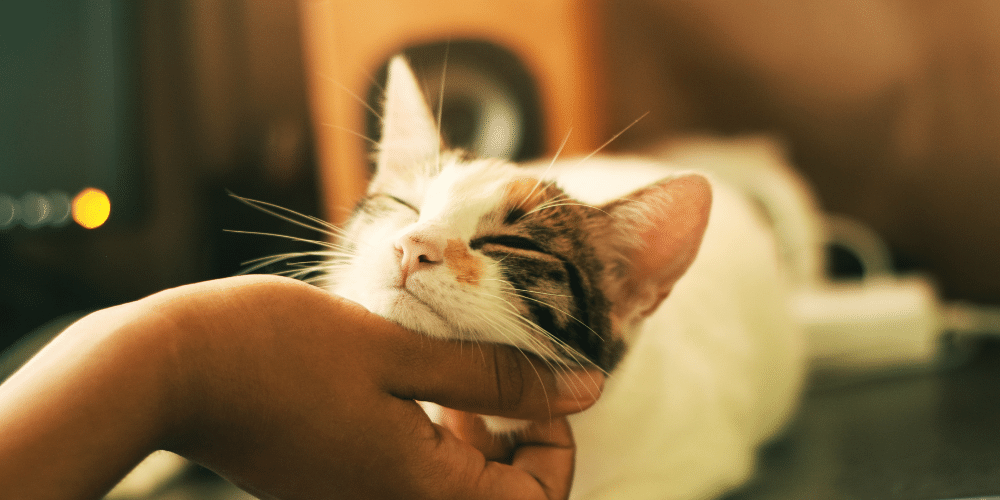
Cat owners can't resist the joy of a fluffy fluffball purring loudly on their chest. But you might find yourself wondering, what does it all mean? Why perch yourself in this precarious position? Let’s explore what makes the human’s chest so attractive to your lovable feline.
Reasons Why A Cat Sits On Your Chest
While we don't have enough scientific evidence to answer this question, let's examine a few theories on why cats sit on people's chests.
1. Bonding
Research has shown that some felines form strong emotional attachments with their caregivers like dogs and babies do. When a pet sits or rests on their caregiver's chest, they can cultivate even closer bonds with them.
2. Your Heartbeat
Your cat will feel reassured when you hold her close to your chest. Not only will they feel protected, but they will also hear your heartbeat. This can remind youur cat of their kittenhood, linking the sound of your heartbeat to the queen's (mother cat's) heartbeat.
3. Comfort And Warmth
Physical health and emotional wellbeing are related to a cat's level of comfort within its surroundings. For solace and warmth, many cats seek cardboard boxes, beds, or nooks, while others prefer a chest as an alternative.
As our torso provides natural body warmth better than any electric blanket or bed, it keeps muscles, tendons, and joints warm and ready for any activities following a rest.
4. Hormones?
Cats may sit on our upper bodies for hormonal reasons. Your cat resting on your chest while getting love and pats release the "feel good" hormone oxytocin. This is the same hormone is released when a mother cat nurses her offspring. According to studies, oxytocin functions not just to reduce stress but also promotes positive interactions/relationships with other cats & you as their owner.
5. Jealousy/Competition
It's well known that cats don't like to share! By sitting on your chest, your cat essentially has you pinned down and knows you will give her/him attention when they are in an authoritative position. This is even more present if the cat has to contend with others in the household such as other cats, dogs, or the introduction of a new friend/partner. However, this theory is not as common as in the dog world.
6. Scent Marking
Cats deposit chemical messages to guard their territory, show social cohesion, and convey their emotions. To mark you as theirs, a cat will sit on your chest, head-butt your forehead, and intertwine its tail with your arm. All of these actions are intermingling their scent with yours and telling other cats/pets that you are their property.
7. Attention Seeking & Aggression
If you live a busy life and don't spend much time with your cat, they will do anything to get your attention. If your cat sits on your chest and you treat/praise them, you are inadvertently reinforcing an attention-seeking behavior. Your cat will take note of your praise and create a pattern of it.
It's fine to let your cat lay on your chest, just not repeatedly and for praise. You may find that if the behavior becomes repetitive, the cat may become aggressive if you try to stop the behavior.
8. Texture & Smell
Although our feline friends enjoy a wide variety of textures, each cat has a favorite fabric under its paws. Cats are comfort seekers, so sitting on our chests not only offers a reassuring tactile feeling but also carries our familiar scent.
You may find it heartwarming if your cat starts kneading your chest because it is relating your relationship with its mother as a kitten.
Summary
When your cat sits on your chest purring with contentment while you're cuddling them, it's wonderful. However, if you find it uncomfortable or the behavior is becoming repetitive, redirect them onto a warm comfortable bed or one of your old tshirts that smells like you.


